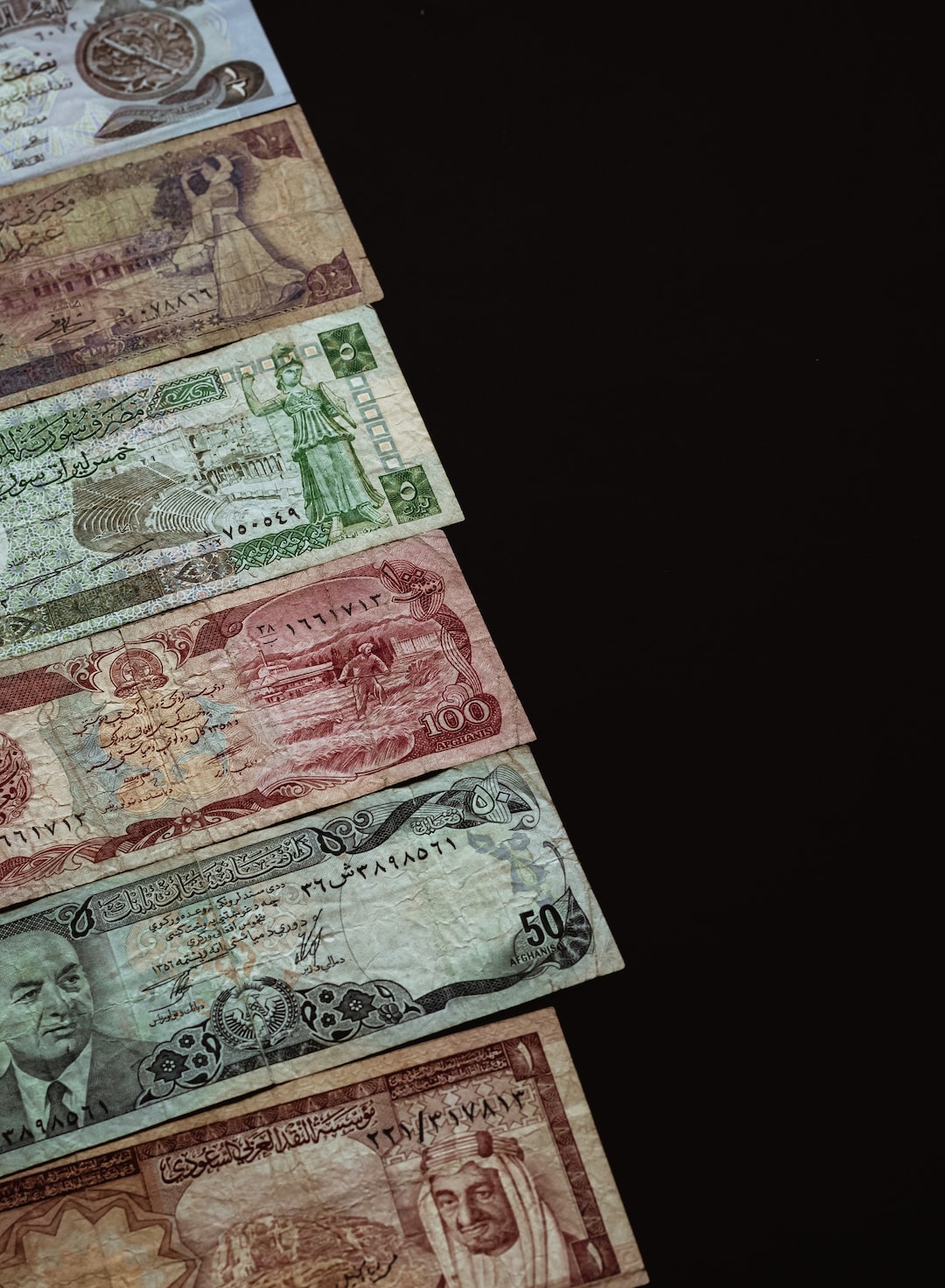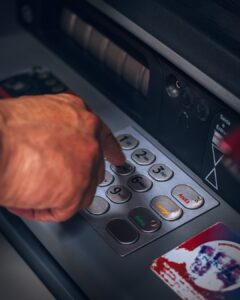How Forex Works: Understanding Currency Pairs and Exchange Rates
Forex, short for foreign exchange, is the global market where currencies are traded. It is the largest and most liquid financial market in the world, with an average daily trading volume of over $6 trillion. Understanding how forex works is essential for anyone interested in trading currencies or participating in the global economy.
At the heart of forex trading are currency pairs. A currency pair is the quotation of two different currencies, with the value of one currency expressed in terms of the other. For example, the most commonly traded currency pair is EUR/USD, which represents the euro against the US dollar. In this pair, the euro is the base currency, and the US dollar is the quote currency.
Currency pairs are always quoted in pairs because forex trading involves the simultaneous buying of one currency and selling of another. When you buy a currency pair, you are expecting the base currency to appreciate in value against the quote currency. Conversely, when you sell a currency pair, you are betting that the base currency will depreciate relative to the quote currency.
Exchange rates determine the value of a currency pair. An exchange rate is the rate at which one currency can be exchanged for another. Exchange rates fluctuate constantly due to a variety of factors, including economic indicators, political events, and market sentiment. Understanding how exchange rates are determined can help traders make informed decisions and minimize risks.
Exchange rates are influenced by supply and demand dynamics in the forex market. When there is high demand for a currency, its value appreciates relative to other currencies. Conversely, when there is less demand for a currency, its value depreciates. Supply and demand are influenced by a variety of factors, including interest rates, inflation, geopolitical events, and economic indicators.
Central banks play a crucial role in determining exchange rates. They use monetary policy tools, such as interest rate adjustments and quantitative easing, to influence their domestic currency’s value. For example, if a central bank wants to stimulate economic growth, it may lower interest rates to make borrowing cheaper and encourage spending. This can lead to a depreciation of the domestic currency as investors seek higher returns elsewhere.
In addition to central banks, forex market participants, such as banks, hedge funds, and individual traders, also influence exchange rates. Large institutional players can have a significant impact on currency prices through their trading activities. News events and economic data releases can also cause sudden shifts in exchange rates as market participants react to new information.
Forex trading platforms provide access to the forex market and enable individuals to buy and sell currency pairs. These platforms offer real-time price quotes, charting tools, and order execution capabilities. Traders can choose from a wide range of currency pairs, including major pairs, minor pairs, and exotic pairs, depending on their trading strategies and risk tolerance.
Major currency pairs include the US dollar and currencies from other major economies, such as the euro, Japanese yen, British pound, and Swiss franc. These pairs tend to have high liquidity and tight spreads, making them attractive to traders. Minor pairs consist of less commonly traded currencies, while exotic pairs involve a major currency paired with a currency from an emerging or less liquid market.
Forex trading involves buying and selling currency pairs with the aim of profiting from exchange rate fluctuations. Traders can take long (buy) or short (sell) positions on currency pairs, depending on their market expectations. The use of leverage allows traders to control larger positions with a smaller amount of capital, but it also increases the risk of losses.
To be successful in forex trading, it is essential to have a solid understanding of currency pairs, exchange rates, and the factors that influence them. Traders should stay informed about economic developments, monitor market sentiment, and use technical and fundamental analysis to identify trading opportunities. Risk management techniques, such as setting stop-loss orders and using proper position sizing, are also crucial for preserving capital and minimizing losses.
In conclusion, forex trading involves the buying and selling of currency pairs, with exchange rates determining their value. Understanding currency pairs, exchange rates, and the factors that influence them is essential for anyone interested in participating in the forex market. Successful trading requires knowledge, discipline, and risk management skills.






